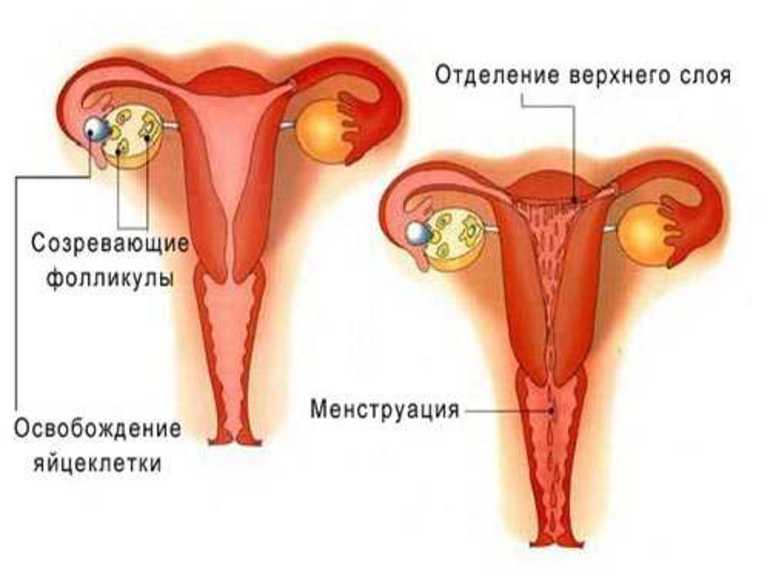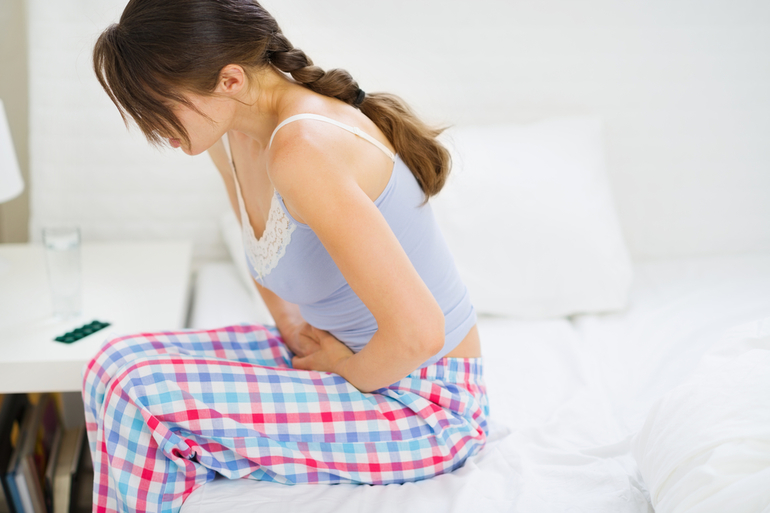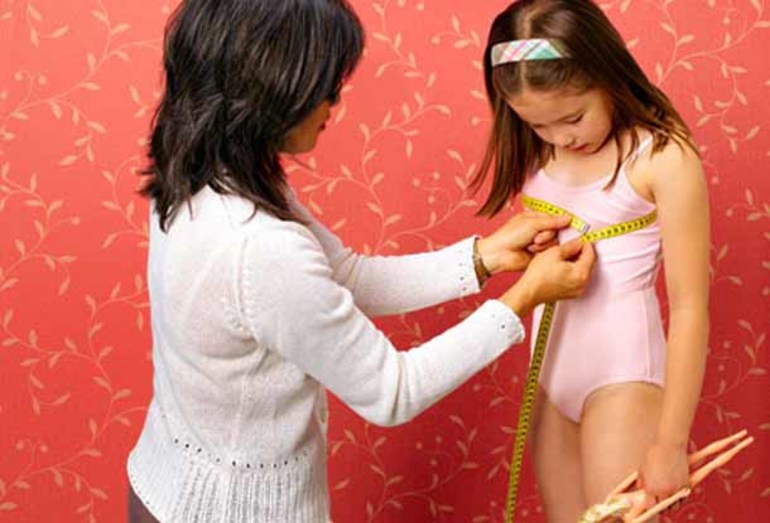The first menstruation is an intimate event that is of great importance in a girl's life. It is a symbol of adulthood. This physiological process is individual, but still there are certain time frames for it. It is important to know them and recognize the first signs of menstruation in girls in time, so as not to miss the signals that something is wrong with the body.

At birth, a girl has eggs in each ovary, the number of which is determined genetically. Hormones that are produced in the pituitary gland and hypothalamus contribute to the formation of estrogens. The first menstruation is a sign of the beginning of the functioning of the ovaries. The menstrual cycle is the process of rejection by the body of the mucous membrane layer (endometrium) along with the unfertilized egg.
The first menstruation (menarche) is a sign that a girl may become pregnant. This does not indicate psychological readiness, but only a physiological feature. The first menstrual cycle can be irregular and varies from person to person. But the average age is 11-15 years. Earlier or later terms indicate premature or late sexual development. These indicators depend on:
- genetic predisposition;
- climate and habitat;
- emotional background;
- illnesses suffered in childhood;
- food quality.
In order to approximately understand when the first critical days will come and what the girl’s menstrual cycle will be, you need to find out when they came from mom or grandmother. In addition, the beginning of the period can be influenced by climate and place of residence. In southern and eastern girls, menstruation occurs earlier than in Europeans.
Stress and physical activity, including professional sports, also affect the onset of menstruation. They can start later if the girl was often sick in childhood, took a lot of medicines, and also when there is a lack of essential vitamins and microelements in the body. This is due to an unbalanced and inadequate diet.

The onset of menstruation in a girl under 11 years old is considered early. The situation may be a variant of the norm if it is genetically determined. But in any case, a specialist consultation and examination is necessary, as this may indicate a hormonal failure and pathology of the development of the genital organs.
Also, the cause of early menstruation can be diabetes and a brain tumor. The pituitary and hypothalamus produce hormones that regulate the menstrual cycle. traumatized psyche, which may arise from watching programs and films for adults, as well as observing sexual relations, affects the process of puberty.
Early sexual development can cause early menopause, thyroid and cardiovascular problems. It also often contributes to the occurrence of tumors of the female genital organs and the mammary gland.
A sign of late sexual development is the onset of menstruation after 16 years. The reason may be the underdevelopment of the genital organs, severe infectious diseases in childhood (scarlet fever, measles, rubella), beriberi, a disorder of the hypothalamic-pituitary system. Excessive lack of body weight can also cause late periods.
This situation can cause the development of genital infantilism in a woman in the future. It also leads to hormonal disorders, affects the appearance of the girl and affects the general state of health. Therefore, it is important to eliminate developmental anomalies in time. In adolescence, this pathology is curable.
There are first signs when menstruation begins in girls. They can appear 1-2 years before the upcoming critical days. Pre-period symptoms in girls include external and internal changes:

- breast enlargement, some soreness in the mammary glands;
- hair that begins to grow in the pubic area and armpits;
- acne on the face, back and décolleté;
- rounded body shapes;
- vaginal discharge white or clear.
Also, the symptoms of menstruation in girls are expressed in changes in the psycho-emotional state:
- excessive tearfulness or even aggressiveness may appear;
- there is a frequent change of mood;
- bothered by a headache;
- there is pain in the lower abdomen.
In the first six months after the onset of menarche, the duration and frequency of the menstrual cycle is unstable. Normal indicators are the time between periods from 21 to 40 days with a duration of 3 to 10 days. In case of a long delay after six months from the beginning of the first menstruation, it is worthwhile to be examined by a doctor and find out the cause. The main ones are:
- lack of body weight;
- obesity;
- excessive physical activity;
- inflammatory or infectious diseases of the urogenital area;
- failure of the endocrine system.

Often, girls during puberty perceive their rounded forms as a result of the fact that they have recovered. Therefore, they begin to exhaust themselves with diets and malnutrition. All these actions lead to the fact that the already unformed menstrual cycle is violated.
There are also opposite situations when a girl eats unhealthy and gains weight, which becomes even more complicated during puberty. It also affects the regularity and length of the menstrual cycle. When the body experiences excessive physical activity, this can lead to the fact that menstruation may disappear for a while.
Too short duration of menstruation indicates a lack of estrogen due to underdevelopment of the ovaries. And abundant and prolonged - about their increased functioning or weak contractility of the muscles of the uterus.
There are intimate hygiene products during menstruation, which come down to the choice of two types: pads and tampons. The use of both is possible during the first menstruation. Tampons can be used even by virgins, since the hymen is very elastic and they are not able to damage it.
Pads should be chosen according to the intensity of the discharge on critical days. But it is worth remembering that they should be changed after each trip to the toilet, but at least once every 4 hours. The fact is that spotting is an ideal breeding ground for bacteria and fungi. Nevertheless, for the first application, it is recommended to use gaskets in order to control the amount of secretions.
The use of tampons has some differences. It is not necessary to change them after each urination, but at least every 3-6 hours, regardless of the degree of filling. It is not recommended to use them during sleep and at night. As the likelihood of toxic shock syndrome increases.
This is a dangerous disease that develops as a result of exposure to staphylococcal toxins on the body. This is facilitated by blood that accumulates in the vagina and does not come out. Ideal conditions are created for the reproduction of microorganisms and bacteria.
First of all, psychological preparation is important. Despite the information availability on the Internet and other media, a special role is assigned to the mother, who must explain to her daughter all the subtleties of this process.

The girl may be afraid of the changes that are happening to her. She may also be dissatisfied with her appearance and complexes arise because of this. It should be explained that these changes are natural and every girl goes through this. Also, from the age of 11, she should have intimate hygiene products in her purse so that the onset of menstruation does not take the girl by surprise.
Important is the need to convey that the onset of the first menstruation means the entry of the girl into childbearing age. Therefore, it is important to observe methods of contraception. Hygiene must be improved. Washing should be done twice a day. In the case of using daily pads, they must be changed after each trip to the toilet, otherwise there is a possibility of developing infectious and bacterial diseases of the female urogenital area.



